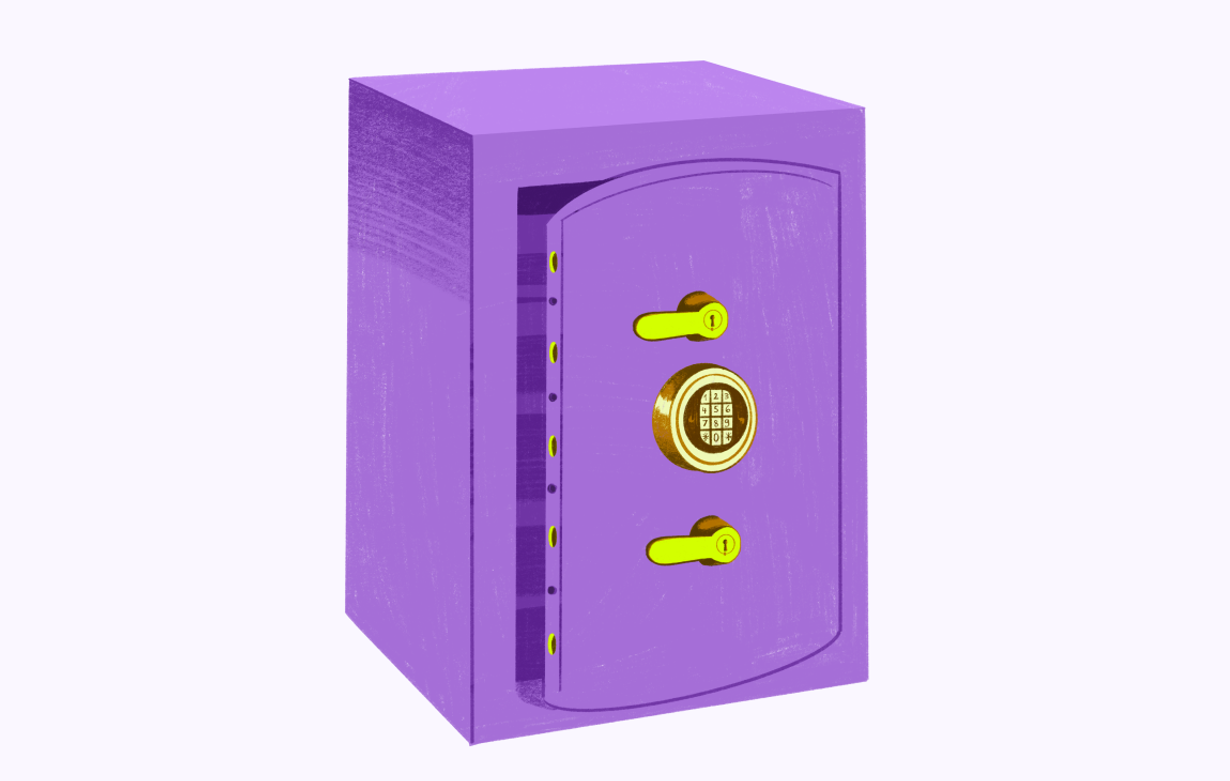send free e-transfers with koho anytime, anywhere
Yes, Interac e-Transfers are generally safe.
They use bank-level encryption, and the money moves between Canadian financial institutions rather than through email or text itself.
Most risks come from human error or scams (sending to the wrong person, weak security questions, or phishing), not the system itself.
Using KOHO Essential With e-Transfers
If you’re sending or receiving money often, with KOHO Essential:
It has a low monthly plan fee that can be waived when you set up direct deposit or add +$1,000.
Use a prepaid Mastercard® for groceries, bills, subscriptions, and travel.
Grow your savings with a 2% interest savings rate on your entire balance.
Earn 1% cash back on groceries, eating & drinking, and transportation.
You can subscribe to Credit Building for $10/month, it's an affordable way to build your credit history.
Enjoy unlimited transactions and free e-transfers (never worry about fees when sending money to someone again).
unlimited transactions, no fees
Why Interac e-Transfers Are Considered Safe
Encrypted and bank-based: The actual transfer happens between financial institutions; email or text just carries the notification, not the money.
Limited information shared: The recipient doesn’t see your full banking info—just what’s needed to accept the transfer.
Autodeposit option: With Autodeposit, money goes directly into the recipient’s account without answering a security question, which reduces the risk of someone guessing the answer.
How to Use Interac e-Transfers Safely
Even with strong security on the Interac side, you still need good habits:
Double-check the email or phone number before you send.
Use Autodeposit when possible so funds go straight into your account.
If you must use a security question, make it hard to guess and don’t share the answer over the same channel as the transfer.
Watch out for phishing messages pretending to be e-Transfer notifications—when in doubt, go through your banking app directly instead of clicking links in emails or texts.

About the author
Quan works as a Junior SEO Specialist, helping websites grow through organic search. He loves the world of finance and investing. When he’s not working, he stays active at the gym, trains Muay Thai, plays soccer, and goes swimming.
Read more about this author